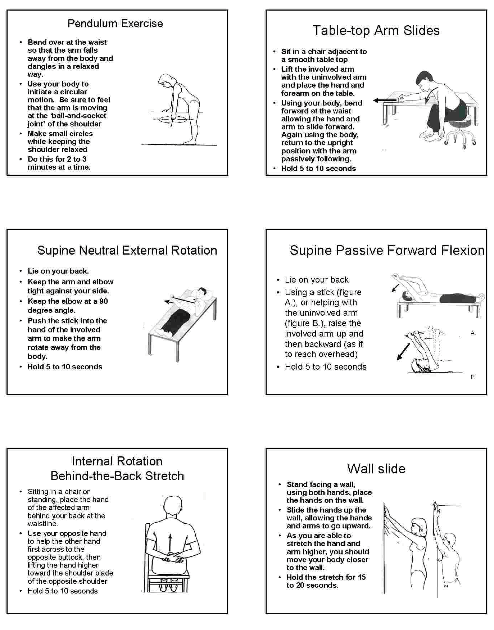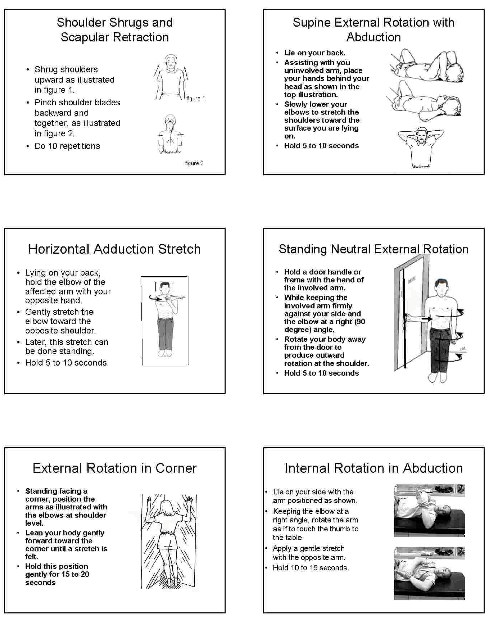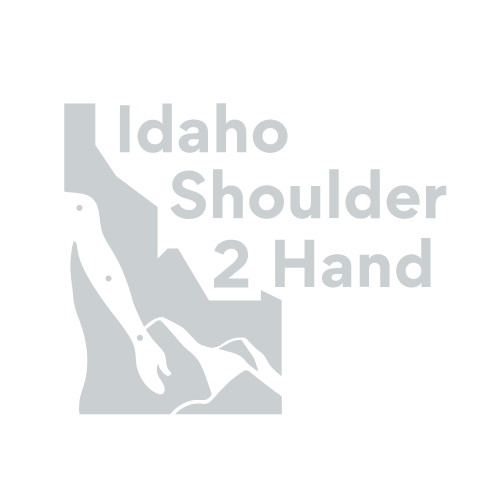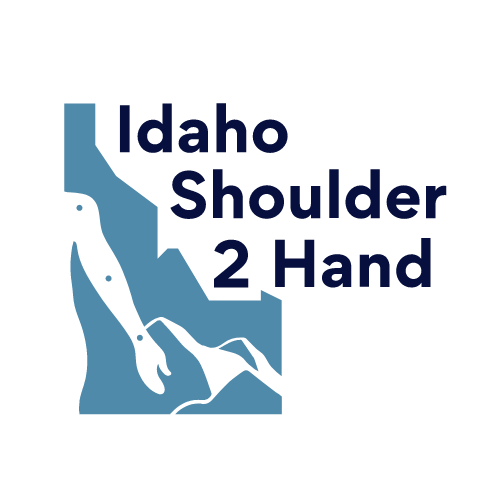Frozen Shoulder
Frozen Shoulder
If you’re having trouble lifting your arm above your head, reaching across your body or behind your back, and have limited motion in your shoulder, it may be an early symptom of frozen shoulder. Also know as chronic idiopathic adhesive capsulitis, it is a condition of the shoulder with several unusual characteristics:
- Its cause is unknown
- It does not occur in other joints or parts of the body.
- Range of motion is limited “globally”; in every direction the shoulder moves
- It is usually a self-limited condition, when untreated, passing through 3 distinct phases of 3-4 months each:
- The freezing phase
- The frozen phase
- The thawing phase
- In most cases the shoulder and its tissues recover near full mobility; there may be some residual restriction in shoulder motion when compared to the “normal” side.
- It can occur in both shoulders simultaneously or in the opposite shoulder at a later date; it rarely recurs in the same shoulder (Diabetics are the exception).
- X-rays are usually normal in appearance, but may show a calcium deposit in the rotator cuff tendon (Calcific Tendonitis)
- Frozen shoulder is not associated with arthritis or cancer.
- It affects women more than men
- Usual onset is between the ages of 40 and 65
- Affects approximately 10%-20% of patients have diabetes or pre-diabetes
- Other predisposing factors include – A period of enforced immobility resulting from trauma, overuse injuries or surgery, Hyperthyroidism, Cardiovascular disease, Clinical depression, Parkinson’s disease
Frozen shoulder develops slowly in 3 stages.
Freezing Phase
The freezing phase is a reactive phase. For patients with an acutely and globally painful shoulder, physical therapy and stretching can cause additional discomfort and stiffening. Resting from painful activities and analgesics may help with pain control. A cortisone injection by the doctor can also help.
Frozen Phase
In the frozen phase, the shoulder becomes tighter, the pain lessens and the patient is more comfortable. The patient is encouraged to use the shoulder actively and if comfortable, do gentle stretching exercises.
Thawing Phase
In this phase, patients report that the motion of the shoulder is gradually returning. The pain continues to decrease. At this time, gentle passive stretching can be increased as long as motion continues to improve and the stretching does not aggravate the pain.

Diagnosis and treatment of Frozen Shoulder
The doctor will test the range of motion in both of your shoulders and will usually request X-rays to rule out any other underlying conditions (primarily arthritis) that can cause shoulder stiffness. Treatment is geared to relieving the discomfort and restoring motion and function to the shoulder.
Treatment includes:
- Medications (such as aspirin, naproxen, ibuprofen) to reduce the inflammation and relieve the pain
- Heat and ice therapies
- Corticosteroid injections
- Physical therapy
- Range of motion and stretching exercises done at home several times per day.
- Surgery – only indicated for failed appropriate conservative treatment.
Range of motion and stretching exercises
The following range of motion exercises are usually helpful to keep the shoulder moving and help prevent further tightening. When performing these exercises, do them slowly and hold the arm at the endpoint of the range of motion for at least 10-15 seconds. Release the stretch slowly and repeat several times. Do not force motion through pain. This does not mean that you should not feel moderate discomfort while stretching. Follow the instructions for each exercise as described in the illustrations and as taught to you by your therapist. Generally, you will start with 3-4 key exercises. As the shoulder loosens with repetition, gradually add additional exercises.
If the exercises make the pain worse or tighten the shoulder further, stop doing the exercises and contact the office.
It is important to understand that this process will take time. Every individual’s timeline to recovery will be different. It is normal to become frustrated and fail to appreciate the incremental progress you will make. Be diligent about your exercises and have patience.
Idaho Shoulder to Hand is your answer for frozen shoulder surgical solutions!
Adapted from:
The American Academy of Orthopedic Surgeons, AAOS Online Service, 2003.
Rowe,CR, Leffert,RD: “Idiopathic Chronic Adhesive Capsulitis”. The Shoulder. Ed.
Carter R. Rowe, Churchill Livingstone, New York, 1988.



